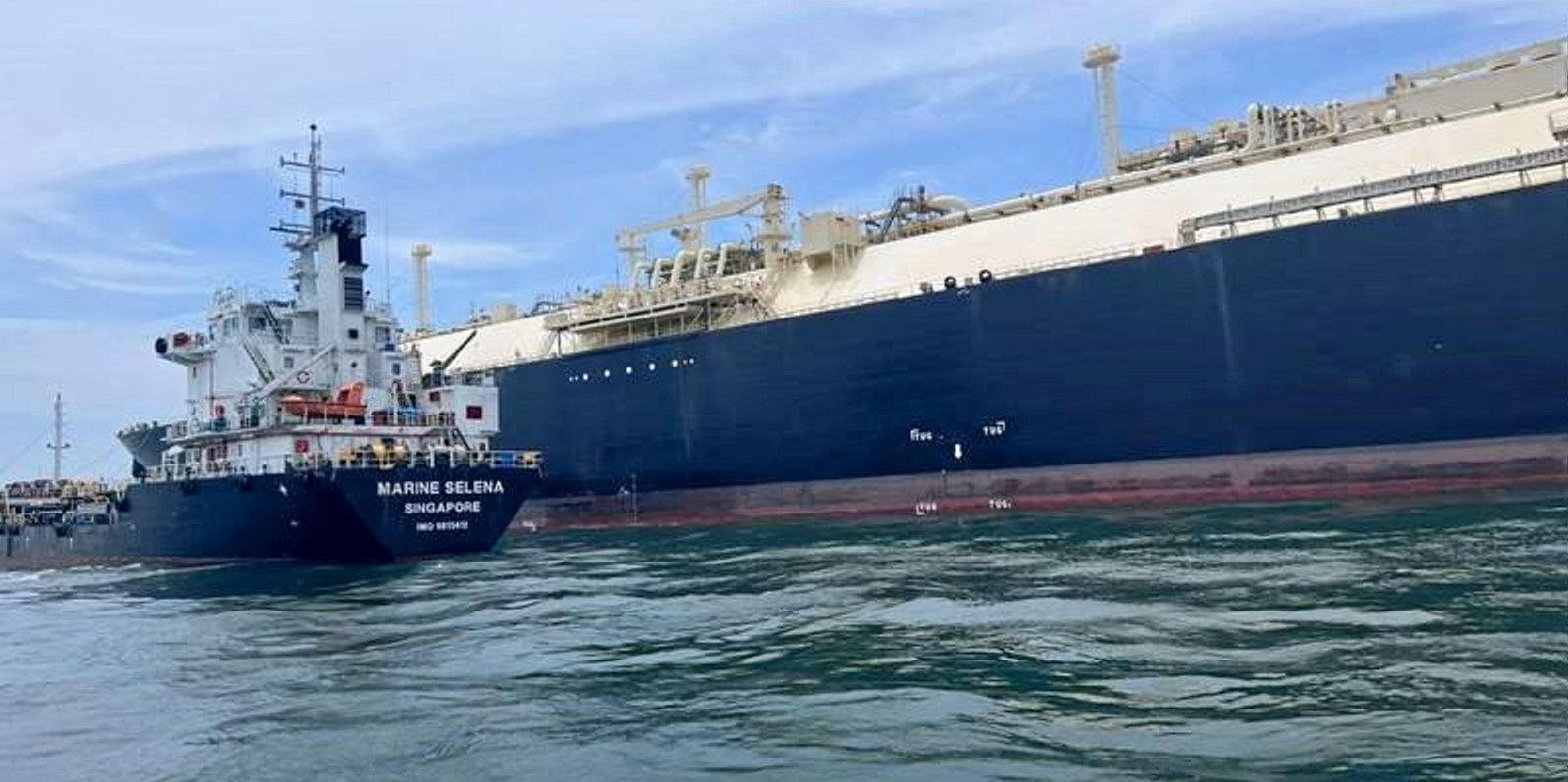Owners are facing smaller gains from operating vessels with scrubbers as the fuel spread “deflates heavily”, according to broker BRS Group.
The French shop said Asia is driving the shrinking of the price differential between cheaper high-sulphur fuel oil (HSFO) and the more expensive very low sulphur fuel oil (VLSFO).
Asian refineries have been ramping up utilisation and a tightness in vacuum gasoil and residual fuel oil volumes is triggering diverging trends in bunker price benchmarks, the broker added.
VLSFO prices have tracked the decline in oil prices closely, but HSFO prices have been more resilient.
In Singapore, a major bunkering hub, HSFO prices actually went up 1.2% week on week to 17 February.
VLSFO, however, fell by 7.7%, squeezing the VLSFO-HSFO differential below $200 per tonne, down $60 in a week.
The spread had been riding high at levels not seen since the aftermath of fuel regulations on sulphur content introduced at the start of 2020.
In Rotterdam, both fuel types fell in price. VLSFO dropped 7.3% and HSFO by 5%, resulting in a spread of $160 per tonne, down from $184 the week before.
Here to stay?
“While the pace of the declines is deeper in Singapore, both Singapore and Rotterdam spreads are currently trading $20 per tonne below the same period last year,” BRS said.
“However, we believe that the middle distillates supply tightness is not past its peak yet, and thus it is still early to call this downward trend as one that is here to stay.”
A large fuel spread means big money for owners operating vessels with scrubbers.
Clarksons Securities assesses a 2011-built VLCC as earning $58,700 per day on Monday, but one with a scrubber can earn $10,100 on top of this.
A modern VLCC can add $7,400 per day with a scrubber.
The figure for a capesize bulker is $6,900 per day and for an eco VLGC $7,300.




